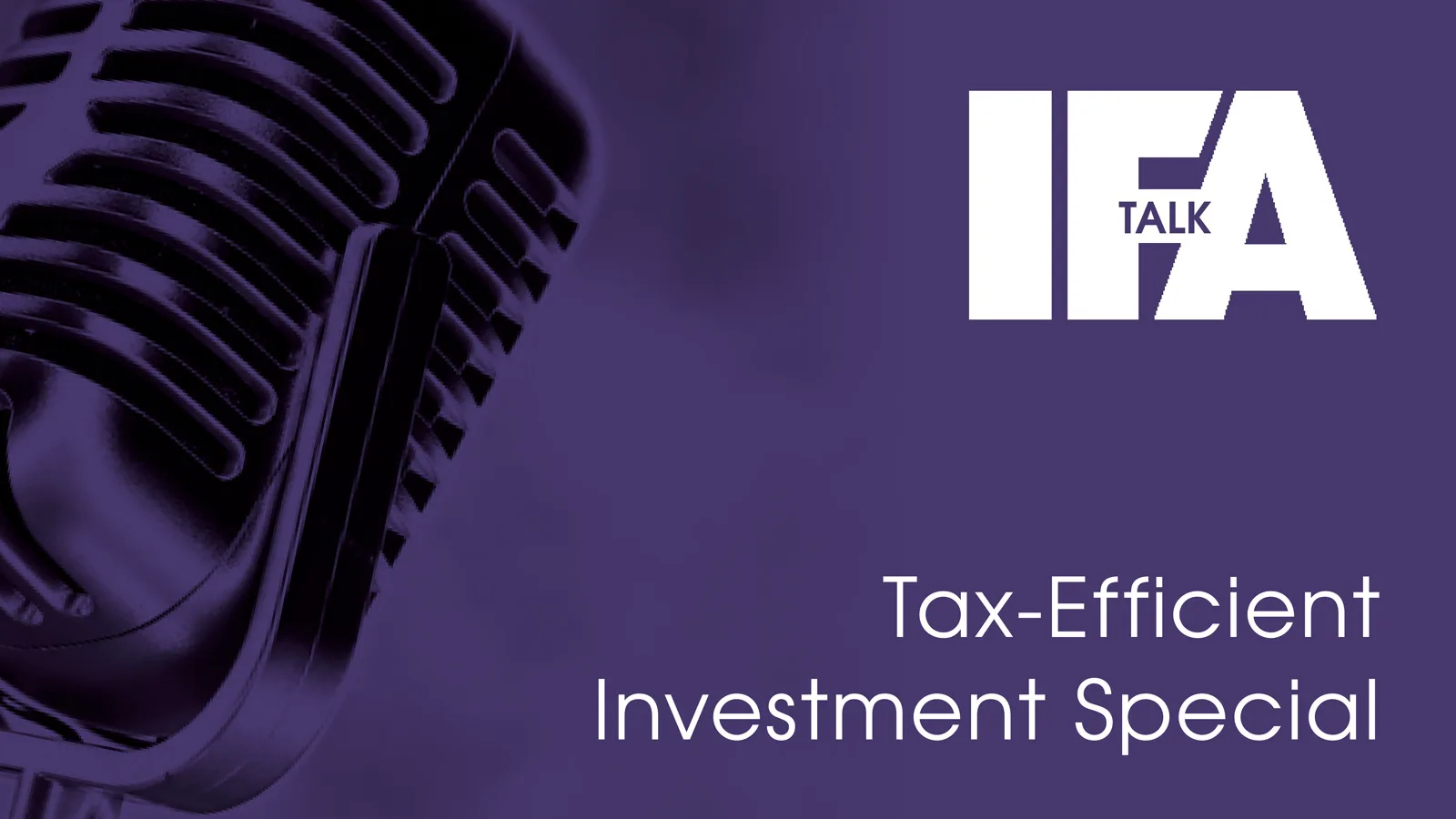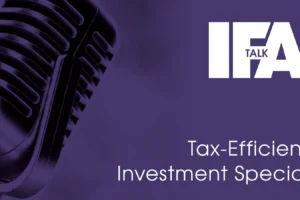It’s hard to believe that Venture Capital Trusts (VCTs) are celebrating their 30th year. These tax-advantaged vehicles were created with a bold goal: to get private investors backing high-risk, high-growth UK businesses. Fast forward to 2025, and VCTs are not only still going strong—they’re thriving.
The Association of Investment Companies (AIC) has just published its latest reporti, and it offers a timely reminder of why VCTs remain a key tool in the adviser’s kit. Whether your clients are seasoned VCT investors or curious newcomers, this year’s findings will give you plenty to think about.
A resilient sector
Let’s start with the basics. As of 2024, there were 44 VCTs managing £6.2 billion in assets, according to the AIC. Over the past six years alone, VCTs have invested £2.9 billion into 783 SMEs, playing a central role in addressing the well-known early-stage funding gap—what’s often called the “valley of death.”
Despite wider economic turbulence (think Covid-19, inflation spikes, and interest rate hikes), fundraising has been robust. In 2023/24, VCTs raised £882 million, marking the third-highest total on record. It follows two previous blockbuster years: £1.13 billion in 2021/22 and £1.08 billion in 2022/23. Over three tax years, that’s more than £3 billion in retail investor capital mobilised into the UK’s high-potential SME sector.
More than money
As financial advisers know, early-stage businesses don’t just need cash—they need guidance. The AIC highlights that VCT managers offer more than funding: they bring strategic advice, mentorship, and access to broader business networks. That combination often makes the difference between a company sinking or scaling.
This kind of hands-on involvement is what sets VCTs apart from more passive investment vehicles. It’s also why VCTs can be a compelling story to tell clients who want to see their money do more—supporting British jobs, innovation, and long-term economic growth.
The tax benefits
Let’s not forget the incentives. Clients investing in VCTs can receive:
- 30% income tax relief on investments up to £200,000 per tax year (so long as shares are held for five years),
- Tax-free dividends, and
- No capital gains tax on disposals.
This trifecta remains one of the most generous retail tax reliefs available. As the AIC points out, the average VCT investor is not ultra-wealthy. In 2022–2023, the typical individual investment was around £37,000, with most investors putting in less than £50,000. These are often clients looking for tax-efficient income or to complement a broader portfolio.
And in good news for long-term planning, the government has confirmed the scheme will be extended until at least 2035—a major win after initial concerns that it might sunset in 2025.
Case studies that speak volumes
The report is packed with real-world success stories. One standout is Good Life Sorted (GLS), which received backing from Blackfinch Ventures. GLS runs a platform matching elderly individuals with vetted local helpers, offering over 200,000 hours of help since launching in 2019. It’s a model that’s not just scalable—it’s socially valuable, too.
Another is Oxford Medical Products, which is developing an innovative, non-surgical treatment for obesity. Supported by Parkwalk Opportunities VCT, the firm is an example of how VCTs are helping to fund high-impact healthcare innovation—something that resonates deeply with today’s socially conscious investors.
These aren’t just warm-and-fuzzy tales. They’re proof that VCTs can back ventures with real societal and financial return potential.
Education and expectation-setting
One of the report’s underlying messages is that advisers play a crucial part in helping clients understand both the risks and rewards of VCT investing. The capital is at risk. Returns can be lumpy. Liquidity is limited. Diversification across multiple VCTs—or funds with a spread of holdings—is often advisable.
However, for the right client, in the right context, VCTs can be a superb way to balance tax planning and long-term growth exposure.
You’re also in a position to challenge outdated perceptions. VCTs are often associated with mature investors nearing retirement, but younger clients—especially higher earners affected by pension tapering or annual allowance limits—may benefit from building a VCT sleeve into their strategy.
Championing diversity in entrepreneurship
One section of the report that may surprise some advisers is the emphasis on diversity. VCT managers are increasingly aware of the need to back a broader pool of founders. That’s not just a social good—it’s a commercial imperative. Diverse leadership has been linked to better decision-making and innovation, yet women and ethnic minority founders remain underrepresented in the venture ecosystem.
Several VCTs are now actively working to close that gap. Advisers with clients interested in ESG or impact investing may find this an important angle to explore.
Growth, risk, and opportunity
Looking forward, the AIC is bullish. The UK’s SMEs remain the lifeblood of the economy, and VCTs are one of the few consistent sources of early-stage growth funding. The report rightly positions them as vital to the government’s growth agenda—regardless of who’s in No.10 post-election.
That said, macroeconomic headwinds remain. Advisers should help clients navigate:
- The high-risk nature of early-stage investments,
- Potential changes in taxation or regulation,
- Portfolio construction to manage concentration risk.
Diversification, again, is key—not just within VCT holdings, but within a client’s broader financial plan.
A tool with purpose
VCTs have matured remarkably over the past three decades. They’re no longer a niche option—they’re a well-regulated, high-impact solution for clients looking to do more with their capital.
For advisers, the challenge is to keep up with the evolution: from understanding newer VCT strategies and exit timelines to aligning them with clients’ goals and risk appetite.
So, as we celebrate 30 years of VCTs, perhaps now’s the time to revisit them in client conversations—not just as a tax play, but as a powerful tool for growth, impact, and smart diversification.
Sources:
Giving Great Companies a Flying Start: How VCTs Power Economic Growth, Association of Investment Companies (AIC), November 2024 Full report PDF















